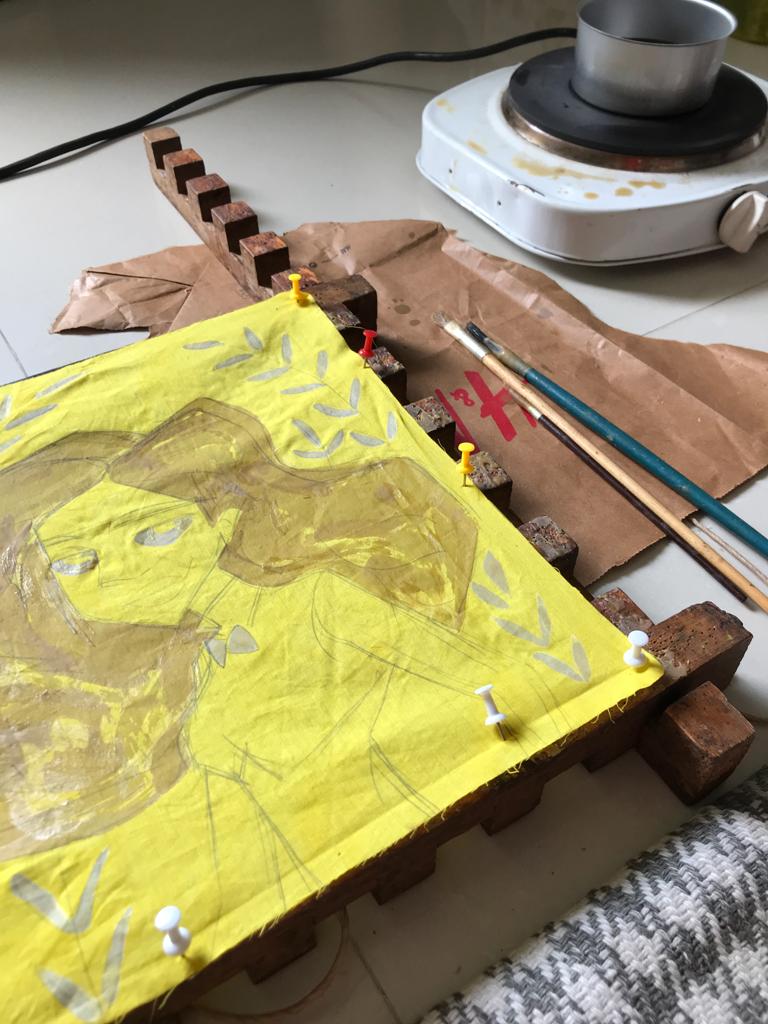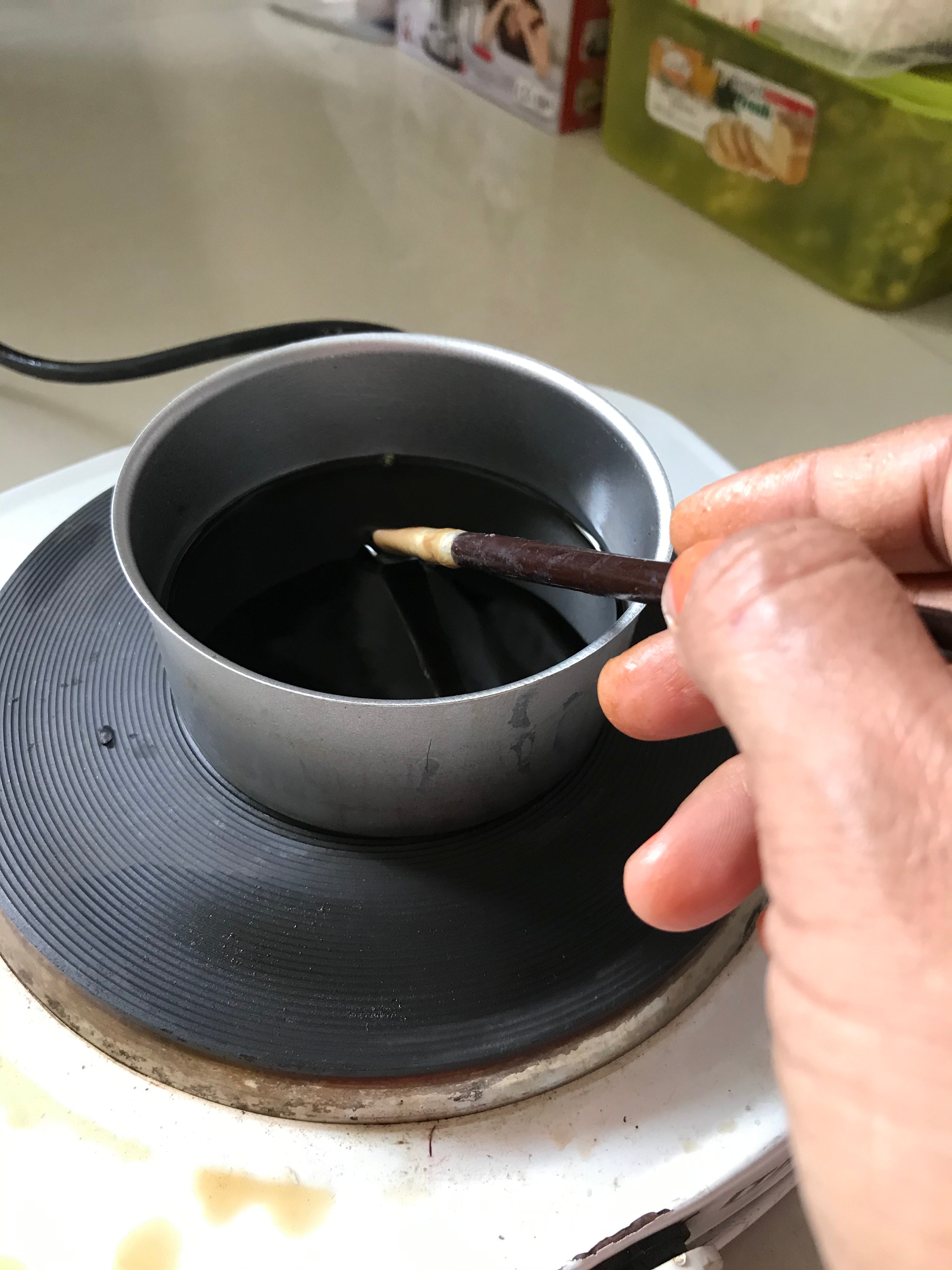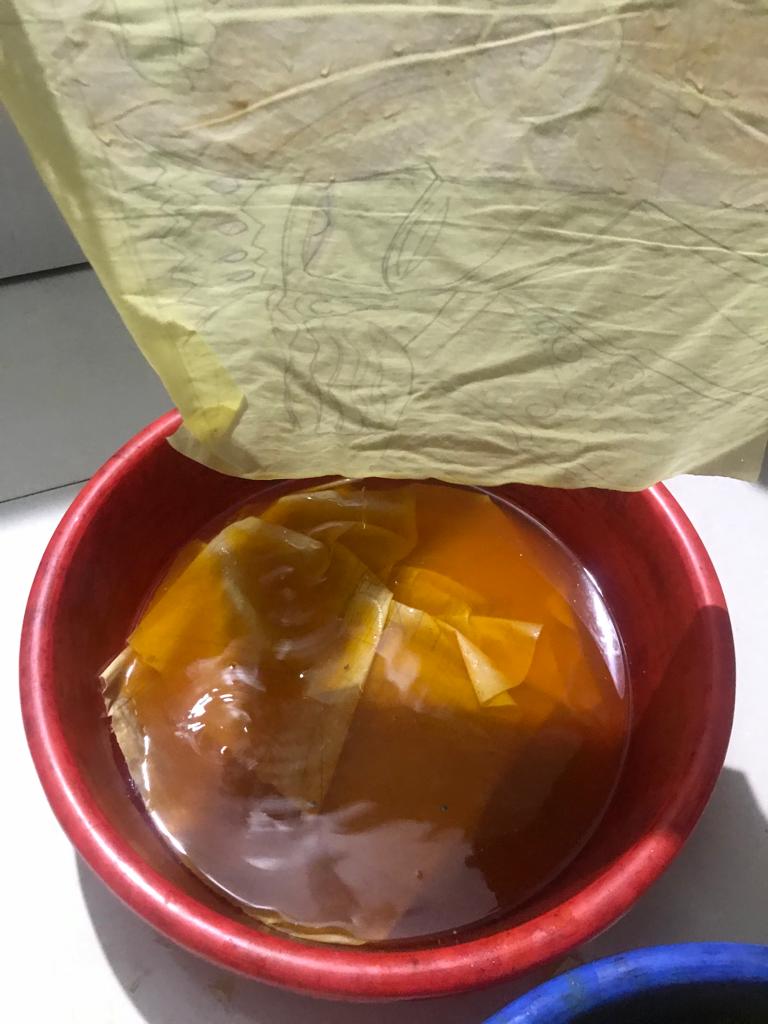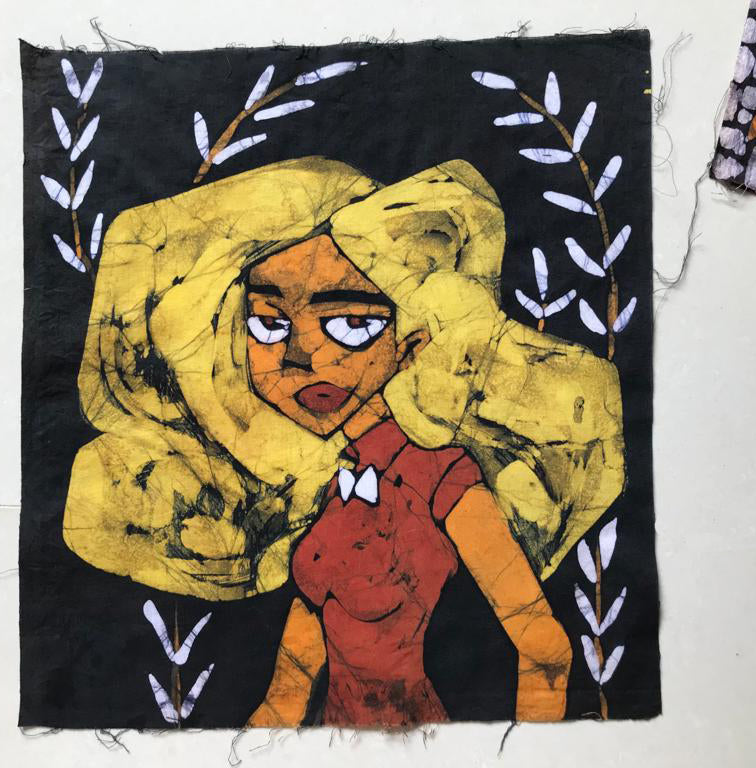SHIPPING AND DELIVERY
about us
"At Grebr, our entire collection is a testament to the timeless artistry of Batik, an ancient form of painting . The Batik process, a meticulous and labor-intensive method, involves the delicate interplay of waxwork and multiple dyeing stages on cloth. Then printed on thick cloth.Each piece in our collection is not just a work of art but a reflection of the dedication, patience, and craftsmanship that goes into creating this remarkable fusion of tradition and creativity."

Brand Owner
"I am the proud founder of Grebr, a brand that came to life as I celebrated my 50th birthday. This venture represents not just a milestone in my life but also a testament to the belief that age is no barrier to pursuing one's dreams and passions."
Batik Process
-

Design Planning
Plan your design on paper or directly on the fabric. Traditional batik often features repetitive geometric patterns or nature-inspired motifs.
-

Heating Wax
Heat the wax to a liquid state. Be cautious as hot wax can cause burns.
-

Wax Application
Use the tjanting tool or brushes to apply the wax to the areas you want to remain the original color. The wax creates a barrier, preventing the dye from penetrating those areas.
-

First Dye Bath
- Prepare the dye bath according to the instructions on the dye packaging.
- Immerse the fabric into the dye bath, allowing it to soak until the desired color is achieved.
- Remove the fabric and let it dry completely.
-

Wax Removal
- Carefully remove the wax. This can be done by ironing the fabric between layers of absorbent paper, which absorbs the melted wax.
- Alternatively, you can gently scrape off the wax with a knife, revealing the wax-resisted areas.
-

Final product
Painting is tweaked and printed on thick cloth and then turned into a beautiful bag.






